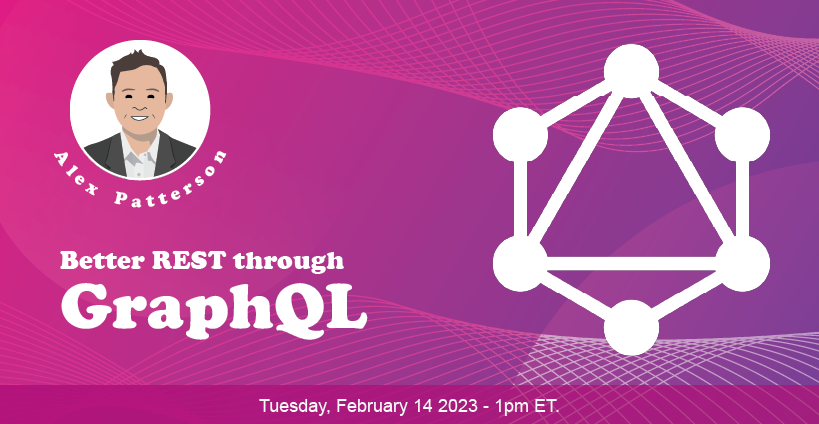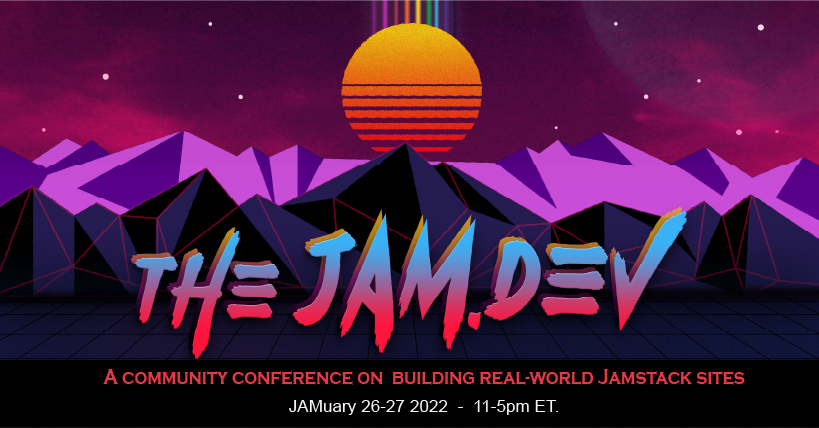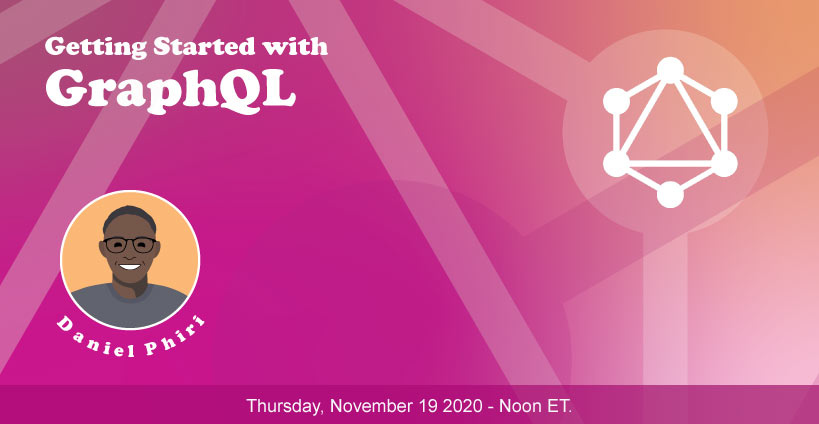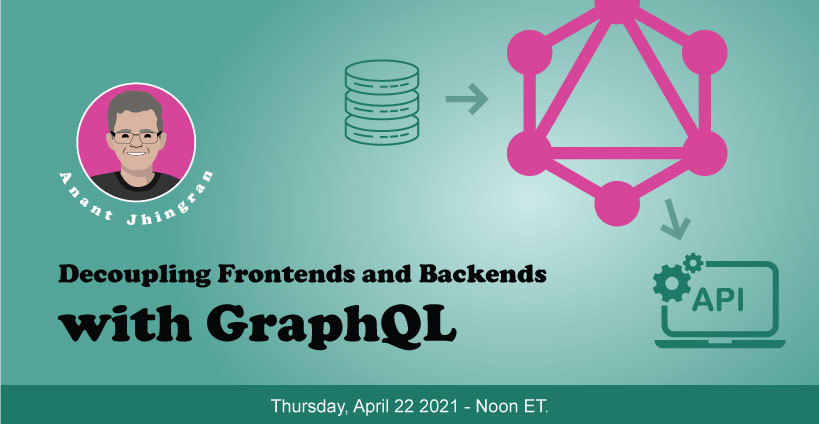GraphQL is a query language and runtime for APIs that aims to address the limitations of traditional REST APIs. Created at Facebook in 2012 and open-sourced in 2015, GraphQL provides a more efficient approach to data fetching and manipulation. Unlike REST, where clients often over-fetch (i.e. receive more data then they need) or under-fetch (receive less data than they need requiring subsequent calls to additional endpoints), GraphQL allows clients to request precisely the data they require and nothing more. This query-centric approach can potentially optimize network usage and improve application performance. GraphQL’s introspection capabilities enable clients to discover the available data structures and relationships within an API, making it self-documenting.
GraphQL’s origin at Facebook was prompted by the challenges of mobile app development where network efficiency and data granularity are crucial. As Facebook transitioned to a more mobile-centric platform, they faced issues with multiple versions of their REST APIs, leading to complexity in client-server interactions. GraphQL’s fine-grained data querying allowed developers to retrieve only the data they needed, which is valuable in low-bandwidth and high-latency scenarios. Since its origins, GraphQL has gained significant traction in the broader development community and has been adopted by numerous companies and platforms.









